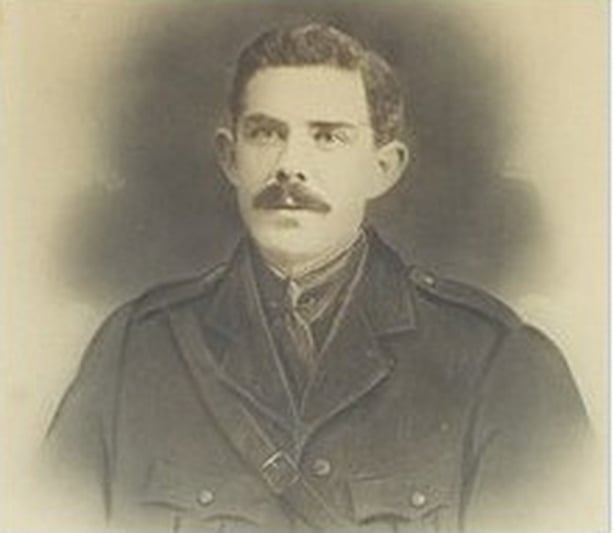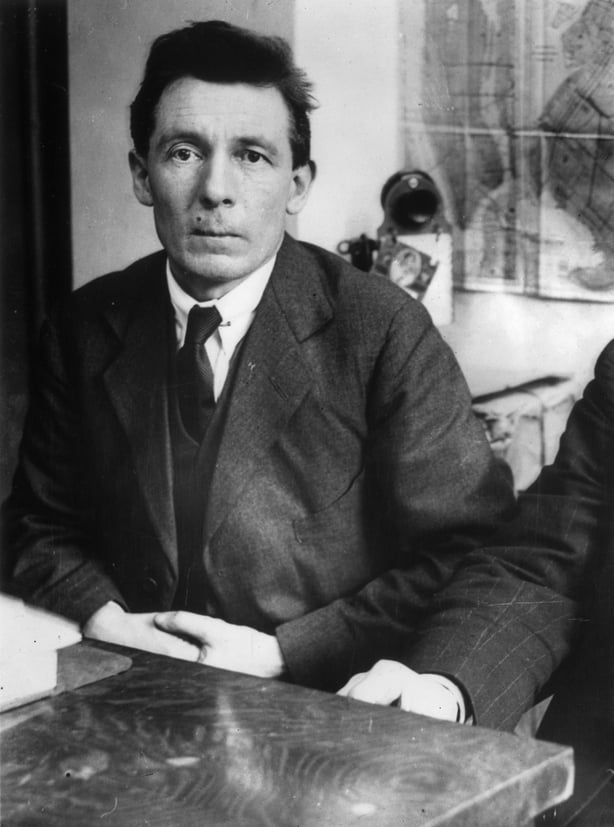One hundred years ago today, the last act of the Civil War began.
It was the start of the largest hunger strike in Irish history, before or since.
Thousands of Republican prisoners, men and women, joined the strike. It would last 41 days.
The strike was called in a bid to force the Free State government to release thousands of republican prisoners who were still in custody, five months after the Civil War had ended.
The government refused to release prisoners unless they signed an undertaking to engage in no further violence against the state.
The reason given was that the IRA had not formally surrendered, and all its weapons, explosives and ammunition were hidden in secret arms dumps around the country.
The government feared that if the prisoners were released unconditionally, many would retrieve their guns and start the Civil War again.
For those who would not sign the undertaking, there was no release date in sight.
Read more: Hunger strike: The last act of the Civil War
The strike began on Sunday 14 October 1923. Prisoners in Mountjoy Jail in Dublin were the first to go on strike, which they began by refusing breakfast that morning.
They demanded unconditional release.
The strike then spread rapidly to other prisons and camps across the country, until 8,000 prisoners were involved.
Very soon it became obvious that that number of prisoners would not all be able to sustain the terrible privations and hardship of a hunger strike.
Doctors knew that anyone who had been on previous hunger strikes would begin real suffering much quicker than those who were on their first such protest.
Considerable numbers of men and women prisoners in late 1923 had been on previous hunger strikes in the War of Independence and earlier in the Civil War. There had been 30 such protests since 1918.
Having expanded rapidly to 8,000 prisoners, the protest equally rapidly began to contract, as hundreds of prisoners ended their hunger strike each week.
Strikers Denis Barry and Andrew O'Sullivan died in late November. And still the government would not yield.

The Catholic hierarchy made a decisive move. It had taken the government's side in the standoff but began urging both sides to bring the strike to an end.
Cardinal Michael Logue, Archbishop of Armagh and Primate of all Ireland, made a public appeal for the prisoners to end the strike, but also for the government to respond by releasing those prisoners.
The strike leaders in the prisons were ready to consider bringing it to an end, as they saw the numbers fall to a few hundred, with the likelihood that the protest would collapse entirely in a few days. By 22 November, only 176 prisoners remained on strike.
Two senior prisoners in Kilmainham, Tom Derrig and David Robinson, were given leave to go to the other prisons and tell the inmates that the strike would end on 23 November.
The government had stood firm, the strike was broken, and there had been no concessions made, but that could not be the end of the standoff.

With so many sick and vulnerable ex-hunger strikers all crowded together in the prisons, the government could not be sure that epidemics, particularly influenza, would not sweep the prison system and then out into the general population.
In the run-up to Christmas, the authorities began releasing prisoners, all the women, and thousands of the men.
The more high-profile prisoners, men like Dan Breen, Leo Henderson, Oscar Traynor and others, signed the undertaking against armed action before they were released, many more were simply released unconditionally.
But the prisons were not emptied until the following summer, with 240 men still in custody by June, over a year since the end of the Civil War.
Prisoners who had been elected as TDs in the August 1923 General Election, men like Austin Stack, Gerald Boland, Ernie O’Malley and Patrick Smith, were kept in custody until July 1924.





